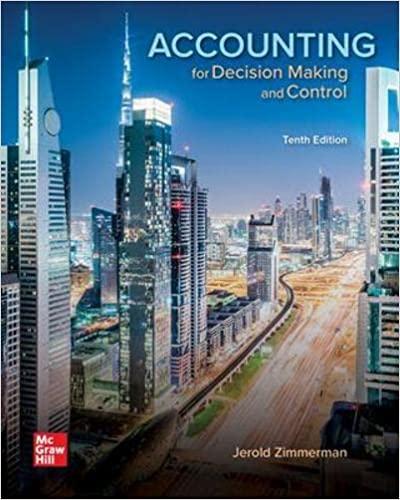Answered step by step
Verified Expert Solution
Question
1 Approved Answer
The Suzy Q Muffins Company has the following financial statements, which are representative of the company's historical average. Income Statement Sales $570,700 Expenses 450,853 Earnings

| The Suzy Q Muffins Company has the following financial statements, which are | |||||
| representative of the company's historical average. | |||||
| Income Statement | |||||
| Sales | $570,700 | ||||
| Expenses | 450,853 | ||||
| Earnings before interest and taxes | 119,847 | ||||
| Interest | 5,707 | ||||
| Earnings before taxes | 114,140 | ||||
| Taxes | 57,070 | ||||
| Earnings after taxes | $57,070 | ||||
| Dividends | $28,535 | ||||
| Balance Sheet | |||||
| Assets | Liabilities and Shareholders' Equity | ||||
| Cash | $14,268 | Accounts payable | $14,268 | ||
| Account receivable | 28,535 | Accrued wages | 2,854 | ||
| Inventory | 42,803 | Accrued taxes | 5,707 | ||
| Current assets | 85,605 | Current liabilities | 22,828 | ||
| Capital assets | 199,745 | Notes payable | 19,975 | ||
| Long-term debt | 42,803 | ||||
| Shareholders' Equity | |||||
| Common shares | 57,070 | ||||
| Retained earnings | 142,675 | ||||
| Total liabilities | |||||
| Total assets | $285,350 | and shareholders' equity | $285,350 |

Step by Step Solution
There are 3 Steps involved in it
Step: 1

Get Instant Access to Expert-Tailored Solutions
See step-by-step solutions with expert insights and AI powered tools for academic success
Step: 2

Step: 3

Ace Your Homework with AI
Get the answers you need in no time with our AI-driven, step-by-step assistance
Get Started


